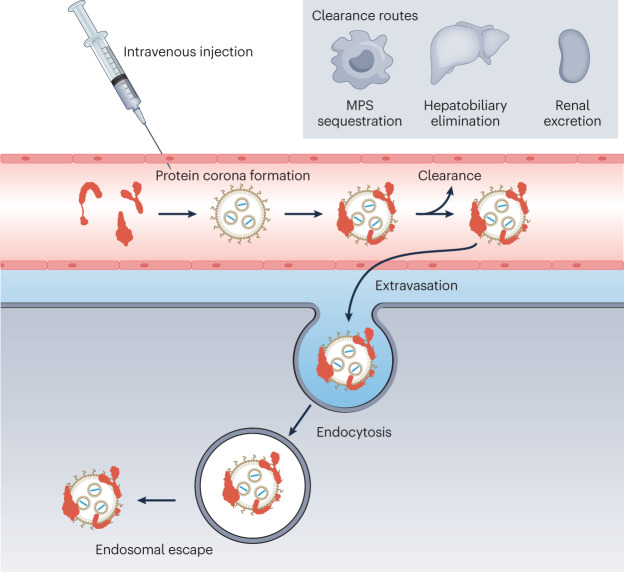Fig. 2. The journey of a nanoparticle through the human body following intravenous injection.
Upon contact with the blood, plasma proteins often adsorb to the nanoparticle surface to form an interfacial layer known as the protein corona. The composition of the protein corona is influenced by the surface properties and composition of the nanoparticle. To reach the target organ, nanoparticles must exit the vasculature (extravasation) by passing through gaps in the endothelium, a size-limited process, or by active transcytosis, involving interaction with specific receptors expressed on the endothelium. Following extravasation, nanoparticles must interact with and be internalized by target cells. They must then escape the endosome into the cytosol and release their genetic payload. Throughout this journey, nanoparticles can be cleared from the systemic circulation by the mononuclear phagocytic system (MPS), hepatobiliary elimination (by the faeces) or renal excretion (by urine). These processes limit how much of the injected nanoparticle dose reaches the desired target site; thus, steps must be taken to minimize their action.

